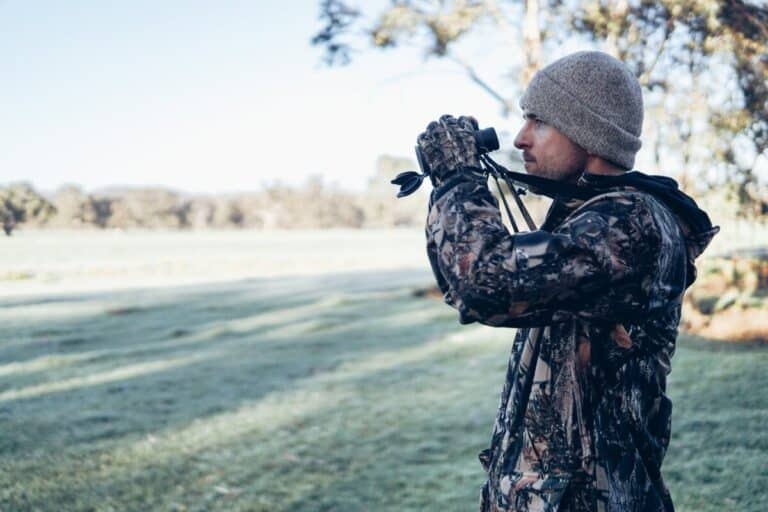Why Birds Stand On One Leg? (3 SURPRISING Reasons!)
We’re reader-supported; we may earn a commission from links in this article.
Have you ever come across some birds standing on only one leg? There is actually a curious but logical explanation for this! I was innately curious about this and did a little digging on the net for answers. Here’s what I found:
Birds stand on one leg to reduce heat loss to the environment, reduce muscle fatigue, and rest better in Unihemispheric Slow-Wave Sleep (USWS). More specifically, birds that stand on one leg reduced half of their heat loss to the environment. For example, birds like flamingoes stand on one leg to conserve energy.
Now that we know that birds stand on one leg to reduce heat loss and to reduce muscle fatigue, let’s dive deeper into the details on how it works! Read on to find out more:
Standing On One Leg: Anatomy

Birds have many positions that they can undertake: standing, nesting, flying, and standing on one leg just to give a few examples. In order to understand why birds stand on one leg, we need to take a look at how it works first!
When a bird rests on one leg, the foot that is standing is actually positioned right below the center of gravity of the torso of the bird. [1]
This position requires the standing leg to be slanted at an angle to compensate for the shift in the bird’s weight. The center of gravity of the bird will be in line with the line foot of the bird.
When birds stand on one leg, they do not actually experience the difficulty we humans face when we do the same.
They are actually anatomically endowed with the right bone structures that allow for them to do so.
In long-legged birds, their hip joints are able to sit and lodge in a bone structure known as the trochanter comb.
This stabilizes the balance of the bird on the whole!
Why Do Birds Stand On One Leg: 3 Reasons Why
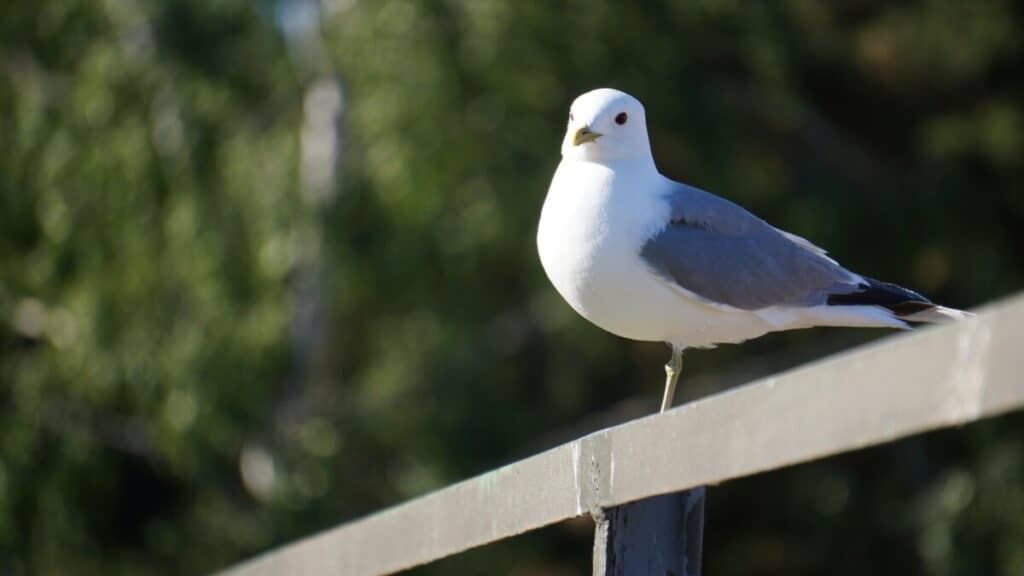
So now we know that birds CAN stand on one leg only, there must be a reason why they do so.
There must be some sort of benefit for them to do it, if not why would they do it at all?
There are 3 reasons as to why birds choose to take on this standing arrangement rather than stand on two legs.
They are reduction of heat loss to the environment, reduction of muscle fatigue, and great resting behavior.
Let’s learn about them more in detail:
1) Reduction of Heat Loss To the Environment

Firstly, let’s touch on the most highly studied reason as to why birds choose to stand on one leg: heat loss!
You may or may not have noticed that bird feathers can keep their torsos and head warm, but what actually protects their skinny little legs from the heat loss to the environment?
The answer to the question lies in the importance of a bird’s legs in the role it plays as a site of heat exchange [2].
The bird’s leg arteries are actually right next to the veins in a bird’s leg!
Here’s the cool part: The colder blood in the veins is warmed up by the warmer blood in the arteries, helping the bird keep warm in cold environments.
Here’s a video explanation on this topic:
Scientists have discovered that flamingos stand on one leg more often in the water than on the ground. In addition, they tend to stand on one leg during cool temperatures.
These discoveries have led experts to conclude a thermoregulatory function of standing on one leg.
Also by standing on one leg, they are essentially tucking their non-feathered parts of their body (their leg) into their torso to reduce heat loss!
This is to prevent unnecessary heat loss through the retracted leg especially when they are just sleeping or not moving around.
Therefore by standing on a single leg, there is a reduction of the heat loss to the environment by half! No wonder birds seem to do it all the time!
2) Reduction of Muscle Fatigue
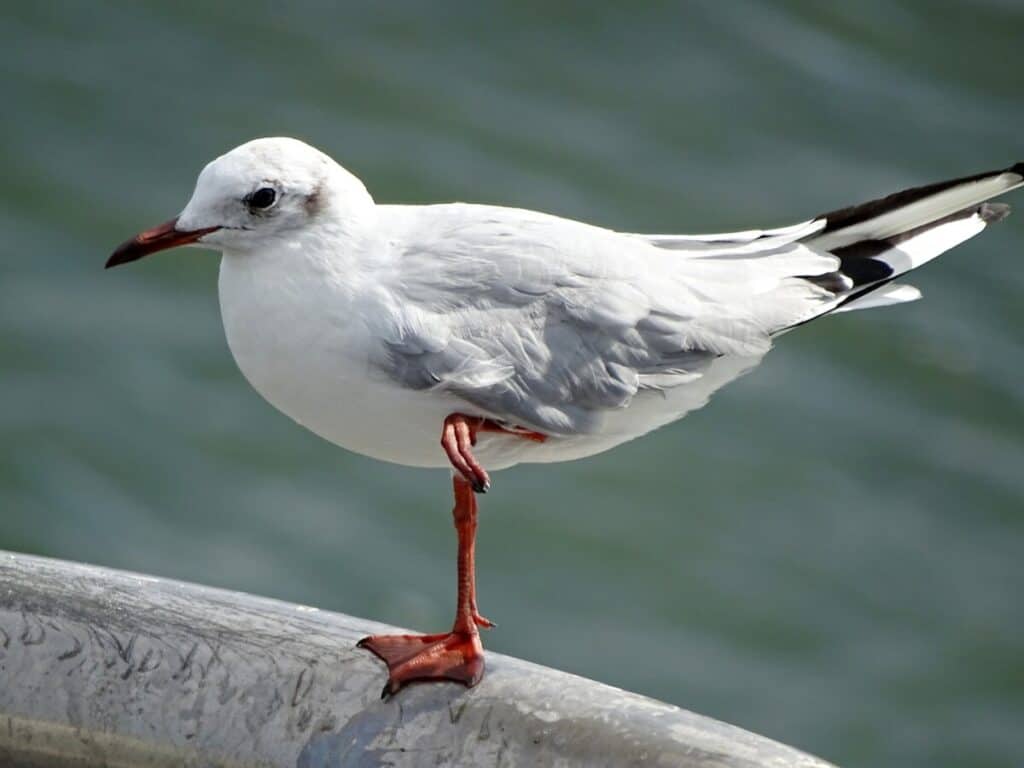
Secondly, did you know that birds reduce their muscle fatigue by standing on one leg?
We humans also often do the same actually!
Do you find that you tend to stand on one leg or rest on one leg after you’ve been standing for long periods of time?
I do too!
Birds do the same!
In a study on flamingo cadavers (corpses), it has been shown that flamingos can indeed adopt a very stable support structure when they are standing on one leg. [3]
Their hip joint is stretched to the maximum to allow for it to stand on one leg.
In fact, scientists have found that a simulated two-leg stance would require more energy to become mechanically stable than a single-legged stance. [3]
Cool stuff, ain’t it?
3) Good for Resting Behavior
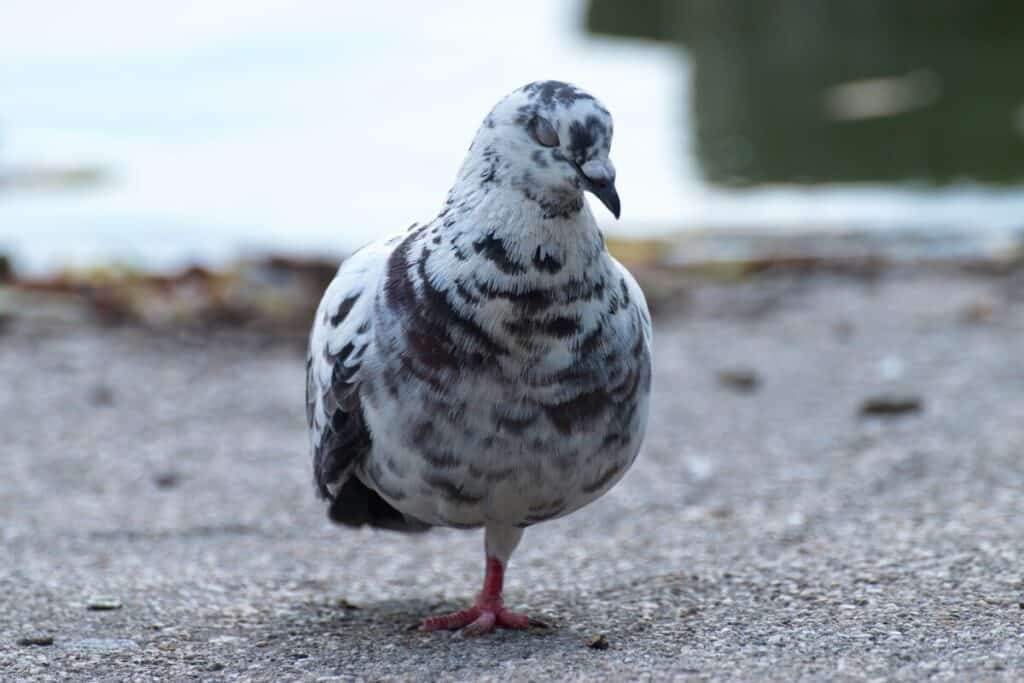
In another study, scientists have also discovered that the uni-pedal stance could be indeed a response to a certain type of half-awake sleep known as unihemispheric slow-wave sleep (USWS).
USWS is a type of sleep in birds that help a bird maintain half their brain activity, to stay alert when they sleep.
As such, birds adopt this single-legged posture as a result of achieving USWS in their sleep.
By maintaining USWS, the bird would be able to stay alert to danger and predators, while ensuring that they do not fall into nearby water bodies.
So by going on one leg, they are better able to maintain USWS, thereby increasing their awareness levels to respond to environmental cues.
Final Thoughts
Now that you finally know why birds stand on one leg, go out and never be confused again! Also, you now know a cool fact to share with your friends and family.
Thanks for reading and happy birding!
References
- Stolpe, M. Physiologisch-anatomische Untersuchungen über die hintere Extremität der Vögel. J. Ornithol 80, 161–247 (1932). https://doi.org/10.1007/BF01908701
- STEEN I, STEEN JB. THE IMPORTANCE OF THE LEGS IN THE THERMOREGULATION OF BIRDS. Acta Physiol Scand. 1965 Mar;63:285-91. doi: 10.1111/j.1748-1716.1965.tb04054.x. PMID: 14324065.
- Chang Young-Hui and Ting Lena H. 2017. Mechanical evidence that flamingos can support their body on one leg with little active muscular force Biol. Lett. 132016094820160948 https://doi.org/10.1098/rsbl.2016.0948
My Recommended Birding Resources:
Hey there, Justin here!
Here’s a list of all my favorite resources, products, and brands I trust and love.
My Celestron Nature DX 8×42 Binoculars: It’s a great budget pair for beginner birders. Highly valued for its price! Read my review.
Safe Paint for Bird Baths Guide: Learn about non-toxic paint for painting bird baths.
Safe Sealers for Bird Baths Guide: Learn which sealers are safe for bird baths.
Safe Paint for Bird Feeders Guide: Learn what special care needs to be taken to paint bird feeders with the right paint.
Safe Paint for Birdhouses Guide: Learn about non-toxic paint for painting birdhouses. (Not the same as bird baths!)
Bird Identification Apps Guide: 2 of my favorite birding apps are Merlin Bird ID, and eBird Mobile! Merlin is great for tracking and identifying birds, and eBird Mobile is great for tracking the birds sighted when birding.
Check out my resources page for the full list of resources I recommend!

Justin Chia
Justin is the founder and author of Birding Outdoors. He is a Nanyang Technological University (NTU) alumnus with a Bachelor of Biological Sciences and a former data analyst.
Now, Justin runs the Birding Outdoors blog full-time, hoping to share his deep love for birds, birding, and nature with others.
To unwind, Justin enjoys gaming and reading.

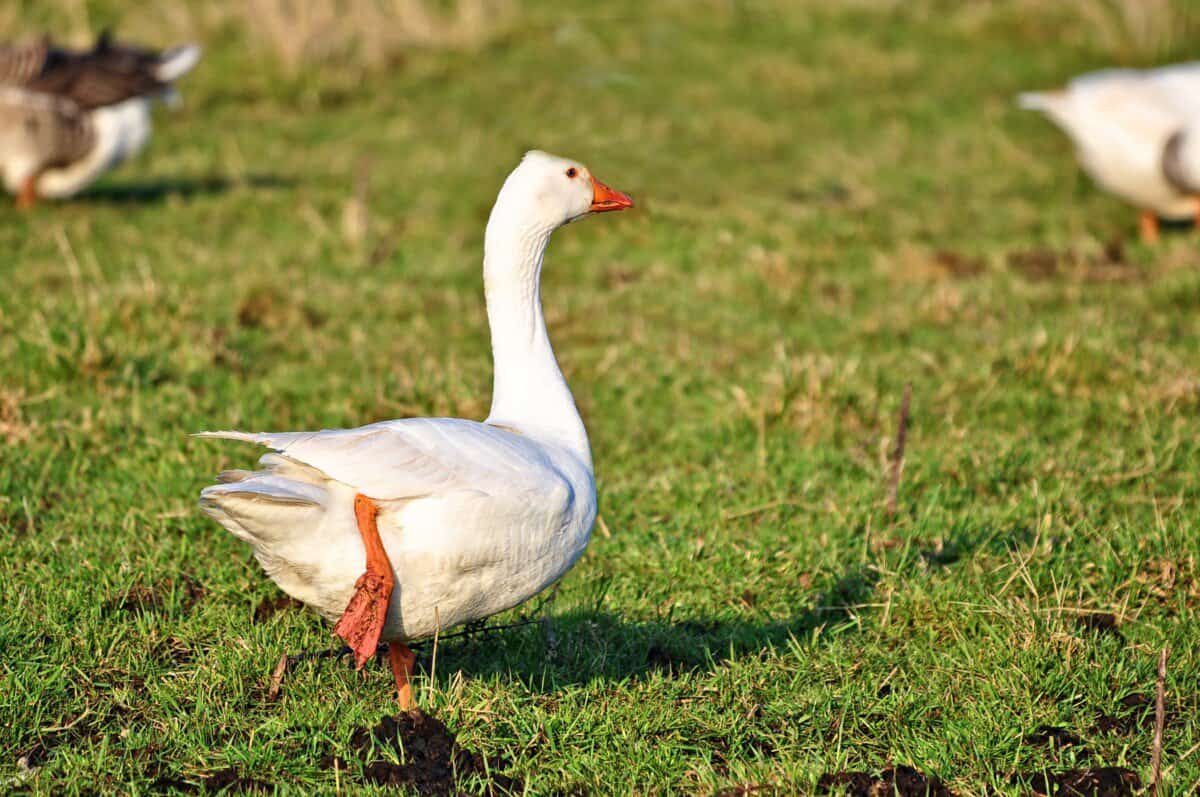

![How Does Rain Affect Birding? [ANSWERED! + Advice]](https://birdingoutdoors.com/wp-content/uploads/2021/02/falcon-5305059_1920-768x512.jpg)
![Do All Baby Birds Survive In Nests? [ANSWERED! + FAQs]](https://birdingoutdoors.com/wp-content/uploads/2021/06/bird-4299034_1280-768x512.jpg)
